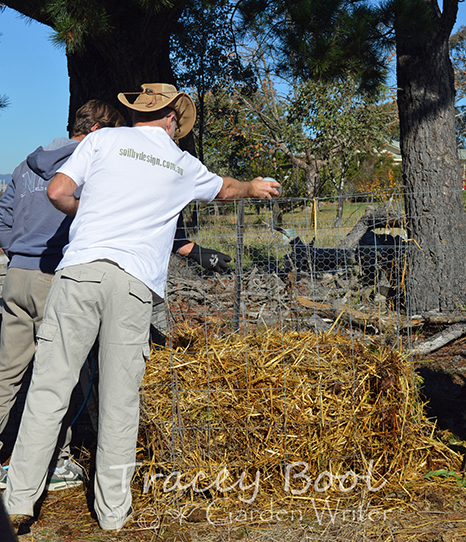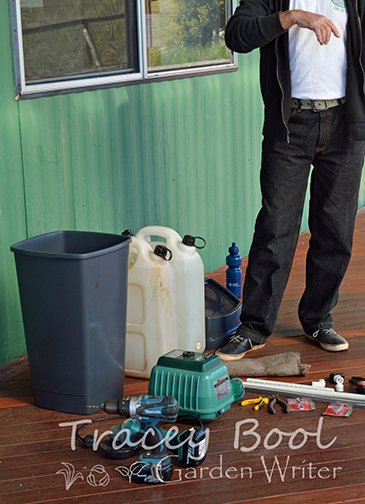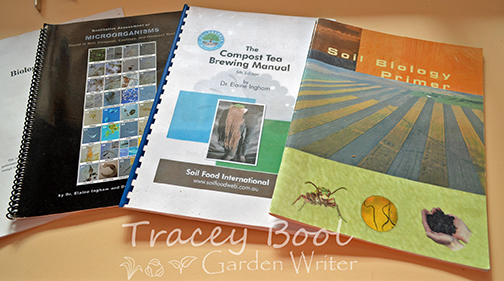|
The Weird and Wonderful World of Compost Brewing
(4 June 2015) Compost brews inject biology into the soil, encouraging and activating the soil life within. The distinct advantage to utilising compost brews as opposed to artificial fertilisers is that they make plants actively source out beneficial bacteria and soil life, forming mutually beneficial relationships. As with other fertilisers and soil improvers, there are different brew mixes for different applications, such as those predominately bacterial or fungal in nature, or a balanced mixture of both. You can make your own compost brew extracts and foods or purchase pre-made ones with all the math, science and research taken care of for you. Once applied, a compost brew remains in the soil for up to 3 months, being effected by factors such as soil type and the relative quantities of organic matter and humus in the soil. Some Tips & Tricks:
DIY Compost Brewers:
Making Compost Brews:
For more information on soil health, compost brews, courses and products: www.soilbydesign.com.au www.australianbiologicalsupplies.com.au |



